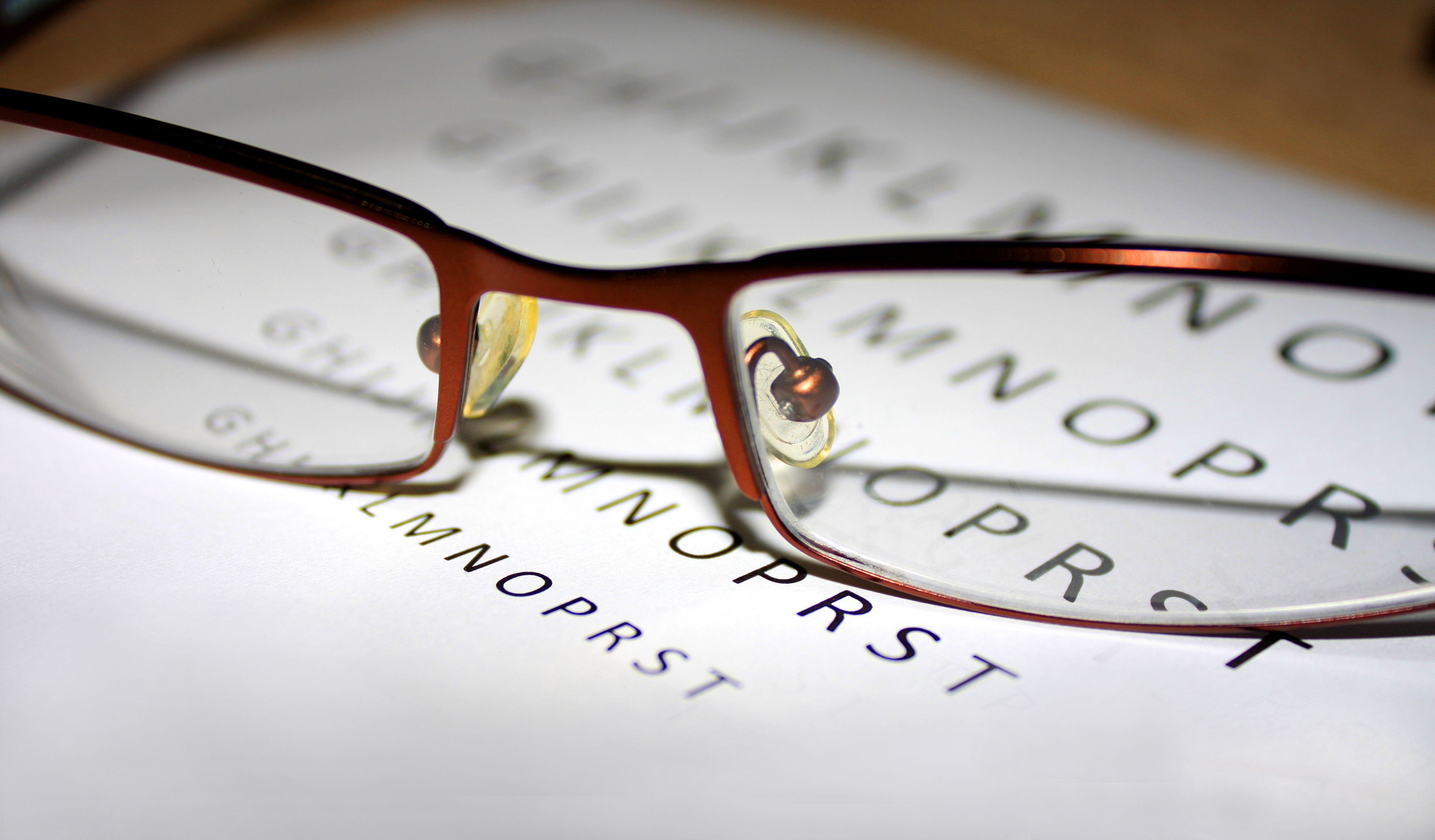Article
Case-Control Study Identifies Potential Link Between COVID-19, Chronic Dacryoadenitis
Author(s):
SARS-CoV-2 might target lacrimal glands, causing eyelid swelling due to chronic dacryoadenitis after COVID-19 infection.
Comparing lacrimal gland tissues of a patient who had COVID-19 with a control case of chronic bilateral dacryoadenitis showed that SARS-CoV-2 might target lacrimal glands, causing eyelid swelling due to chronic dacryoadenitis after infection.
COVID-19 has shown a wide range of symptoms and effects since it first became a global health crisis, and a recent case-control study published in JAMA Ophthalmology explored a potential link to chronic dacryoadenitis.
The retrospective study included a 35-year-old Japanese woman who experienced painless bilateral eyelid swelling for 5 months beginning approximately 1 week after COVID-19 diagnosis. She showed no other systemic symptoms and was treated with corticosteroid inhalation as a preventive measure for COVID-19–related pneumonia.
When her eyelid swelling did not improve, she was referred to the Department of Ophthalmology at Hokkaido University, upon which she received a diagnosis of chronic dacryoadenitis after testing and a subsequent biopsy. She received an mRNA vaccination against COVID-19 and 20 mg of an oral corticosteroid starting in April 2021. As of November 2021, the swelling had not returned and corticosteroids were being tapered.
A 43-year-old Japanese woman who had eyelid swelling for 3 months but did not have COVID-19 served as a negative control case. A biopsy was done to diagnose chronic dacryoadenitis, and she had no history of systemic disorders such as immunoglobulin G4–related ophthalmic disease. She was not given systemic corticosteroids.
The study authors aimed to assess SARS-CoV-2 nucleocapsid protein and angiotensin-converting enzyme 2 (ACE2) expression in the lacrimal gland tissues of the patient with COVID-19 compared with the negative control case. SARS-CoV-2 adheres to somatic cells via ACE2, which has been identified at SARS-CoV-2–transmissible sites such as the conjunctiva.
“Ocular surface infections with SARS-CoV-2 are likely to allow the virus to transmit to nasopharyngeal epithelia through the lacrimal sac,” the authors wrote. “Therefore, pathological investigations regarding COVID-19 infection of the periocular tissues play crucial roles in better understanding how the virus spreads to the whole body.”
In the patient who had COVID-19, histopathologic findings showed significant inflammatory cell infiltration, lymphoid follicles, germinal center formation, and mild fibrosis among some lymphoid follicles. Lymphocytes and plasma cells were the main inflammatory cells present, and polymorphonuclear leukocytes were also seen.
Additionally, the authors noted that in some lacrimal gland ducts, eosinophilic material was present in the lumens—an indication of glandular damage. The inflammatory cells around the lacrimal gland ductal epithelia were immunoreactive for SARS-CoV-2 nucleocapsid protein, and the lacrimal gland showed strong ACE2 expression.
The control patient who did not have COVID-19 had notable inflammation in the lacrimal gland but did not show the eosinophilic material that was present in the ductal lumens of the case patient. There was no SARS-CoV-2 nucleocapsid protein immunoreactivity, but ACE2 was expressed in the lacrimal glands.
These findings suggest that the lacrimal gland may be a target for SARS-CoV-2 adhesion given the ACE2 expression seen in both patients’ glands.
The authors concluded, “Clinical eyelid swelling due to chronic dacryoadenitis might be one of the ophthalmic aftereffects of COVID-19, which could be managed by systemic corticosteroid administration together with SARS-CoV-2 vaccination.”
Reference
Kase S, Ishida S. COVID-19-related chronic bilateral dacryoadenitis: a clinicopathological study. JAMA Ophthalmol. Published online February 17, 2022. doi:10.1001/jamaophthalmol.2021.6364





